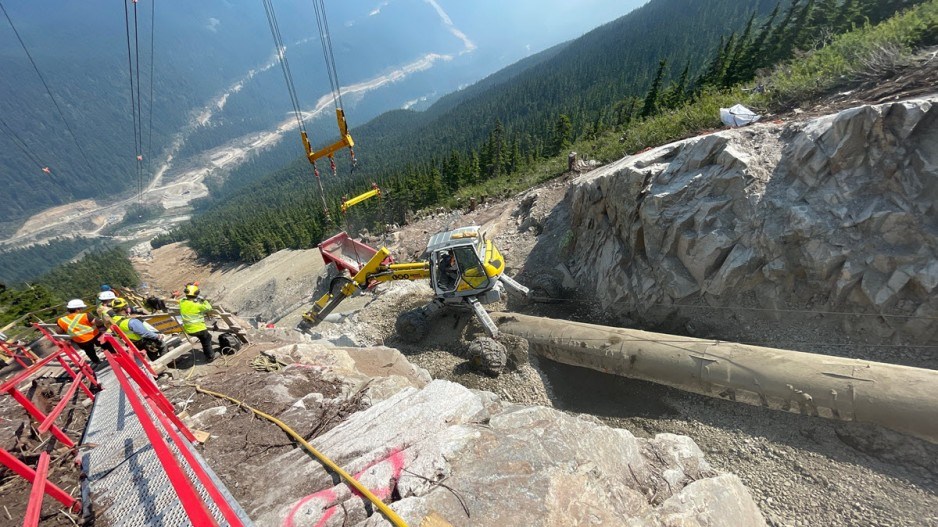Indigenous. Opportunity. Ownership.
Historically, those words have been spoken independently of each other. Today, after over a decade of LNG development – with the Coastal GasLink pipeline complete, and the LNG Canada facility in Kitimat nearing completion – we have entered an era where Indigenous, opportunity and ownership can be spoken together, with a proof point.
Over the last decade, Indigenous people across northwestern B.C. have been working closely with TC Energy, trying to ensure our place at the table, not just as advisors or as workers, but as equity partners.
The Coastal GasLink project is Canada’s first pipeline to tidewater in nearly 70 years. Perhaps more importantly, for Indigenous people, it was the first project of this scale and size that offered equity ownership.
The option for First Nations communities to purchase a 10-per-cent equity interest in the pipeline was and is historic.
This is economic reconciliation at work, creating generational opportunities for Indigenous people and communities across BC.
And this level of partnership has become the standard for how resource and energy companies work with Indigenous communities.
Not every potential partner is the right partner; not every resource is the right resource. However, in LNG we are bringing forward a sustainable solution to reduce global emissions by displacing coal-fired power in Asia, while creating shared prosperity for the benefit of all.
For example, LNG Canada and Coastal GasLink together have invested more than $6 billion in Indigenous and local businesses and workers during construction, providing skills training, business growth and family-supporting jobs.
These projects are also forecast to bring billions more in revenues to municipal, provincial and national economies in the decades ahead, dollars that will help build schools, hospitals and deliver services young families need.
Coastal GasLink and LNG Canada have provided a platform for others to build on. They have also set the stage for communities like mine – the Wet’suwet’en First Nation, which has gained procurement, jobs and revenue benefits; the Haisla Nation, which is advancing Cedar LNG – the first Indigenous majority-owned LNG project in the world; and the Nisga’a Nation which is advancing the Ksi Lisims project in its territory.
Projects that represent Indigenous self-determination are leading to Indigenous communities reclaiming their rightful place in the world, securing their language and culture, and bringing prosperity to their people.
When First Nations are included in decisions, as partners and owners in resource projects, everyone wins. This is the future of business in B.C. and in Canada. And the beginning of a new Indigenous-powered energy future.
While achieving completion of Coastal GasLink has been a decade-long journey, it has been a journey worth taking.
The pipeline is more than just steel in the ground moving a Canadian product the world needs – it is a symbol of new era of Indigenous opportunity and Indigenous ownership.
Karen Ogen is CEO of the First Nations LNG Alliance and former elected chief councillor of the Wet’suwet’en First Nation in northern B.C.





